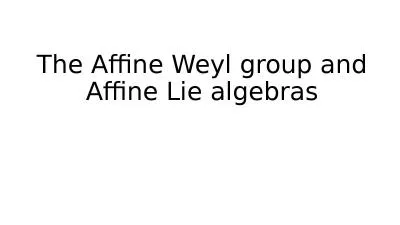PDF-Gravitation and Electricityby H. Weyl in ZurichSitzungsber. Preuss. Ak
Author : alexa-scheidler | Published Date : 2016-06-10
JrUJLCHAPTER 1are the components of an invarant quadratic differential form electromagneticphenomena are controlled by a fourpotentiaL whose components
Presentation Embed Code
Download Presentation
Download Presentation The PPT/PDF document "Gravitation and Electricityby H. Weyl in..." is the property of its rightful owner. Permission is granted to download and print the materials on this website for personal, non-commercial use only, and to display it on your personal computer provided you do not modify the materials and that you retain all copyright notices contained in the materials. By downloading content from our website, you accept the terms of this agreement.
Gravitation and Electricityby H. Weyl in ZurichSitzungsber. Preuss. Ak: Transcript
Download Rules Of Document
"Gravitation and Electricityby H. Weyl in ZurichSitzungsber. Preuss. Ak"The content belongs to its owner. You may download and print it for personal use, without modification, and keep all copyright notices. By downloading, you agree to these terms.
Related Documents

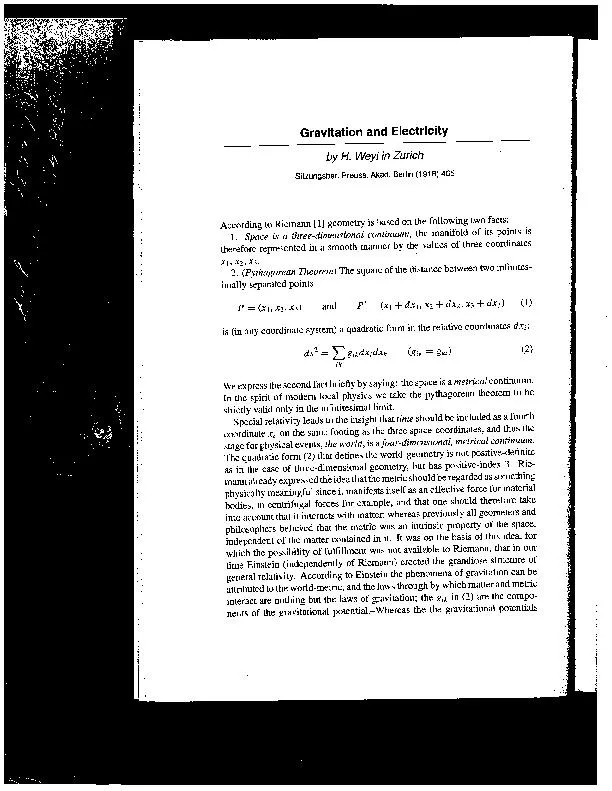
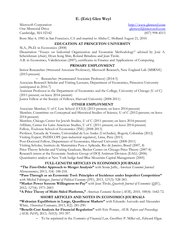
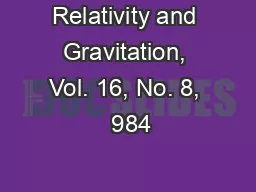
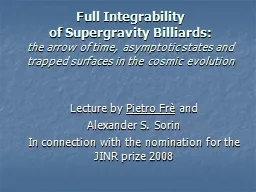
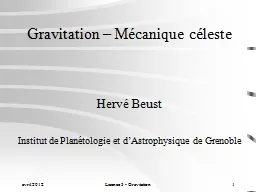
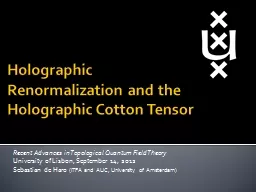
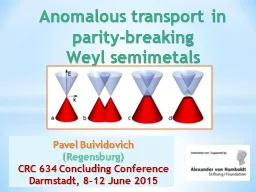
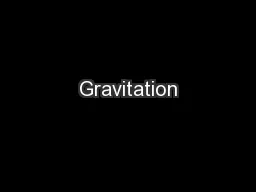

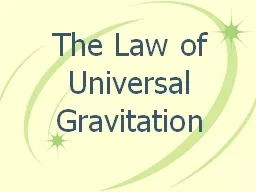
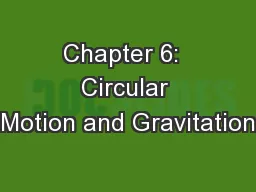
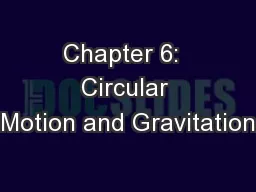
![[EBOOK] - Space and Time in Contemporary Physics: An Introduction to the Theory of Relativity](https://thumbs.docslides.com/902014/ebook-space-and-time-in-contemporary-physics-an-introduction-to-the-theory-of-relativity-and-gravitation.jpg)
